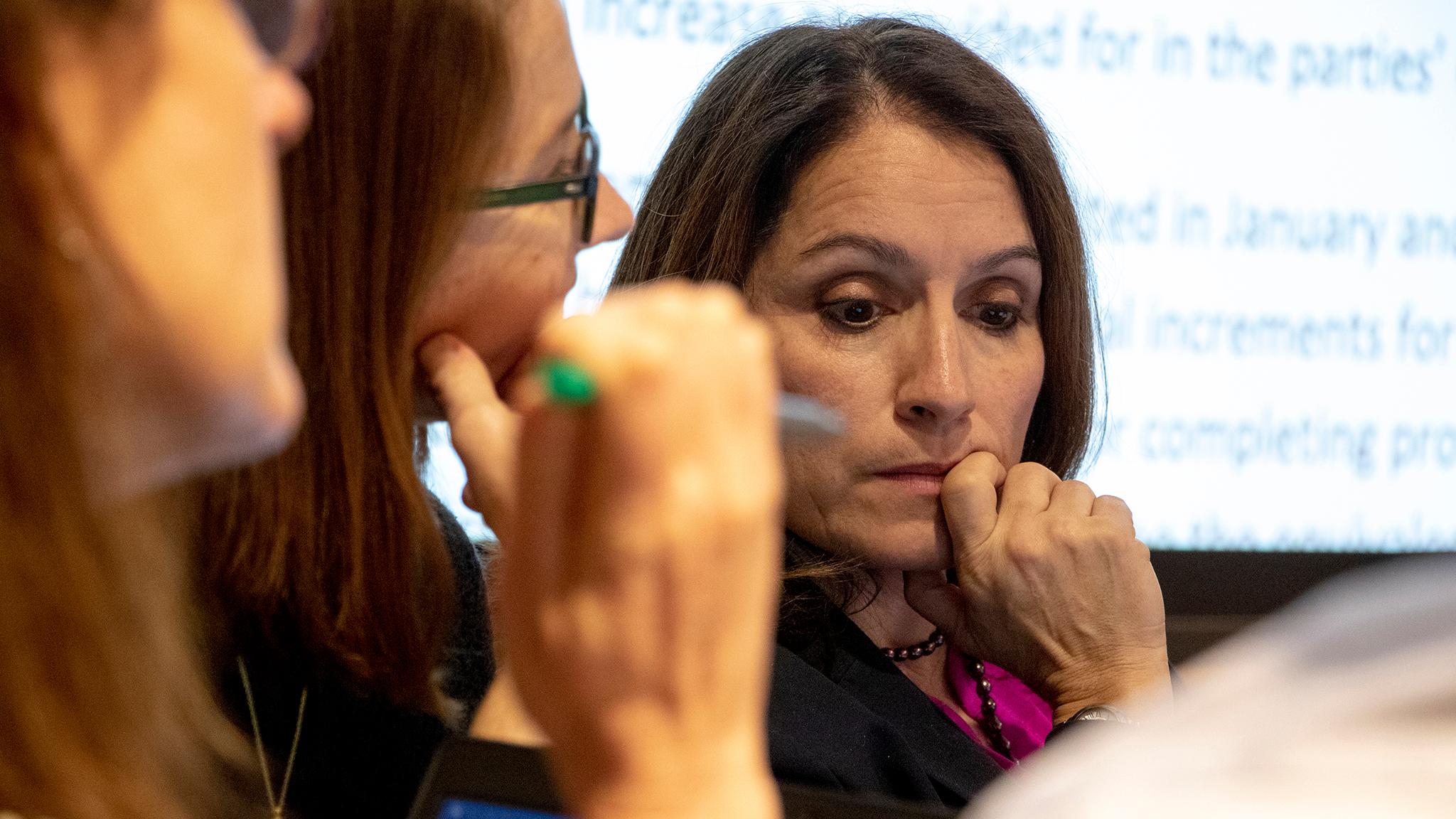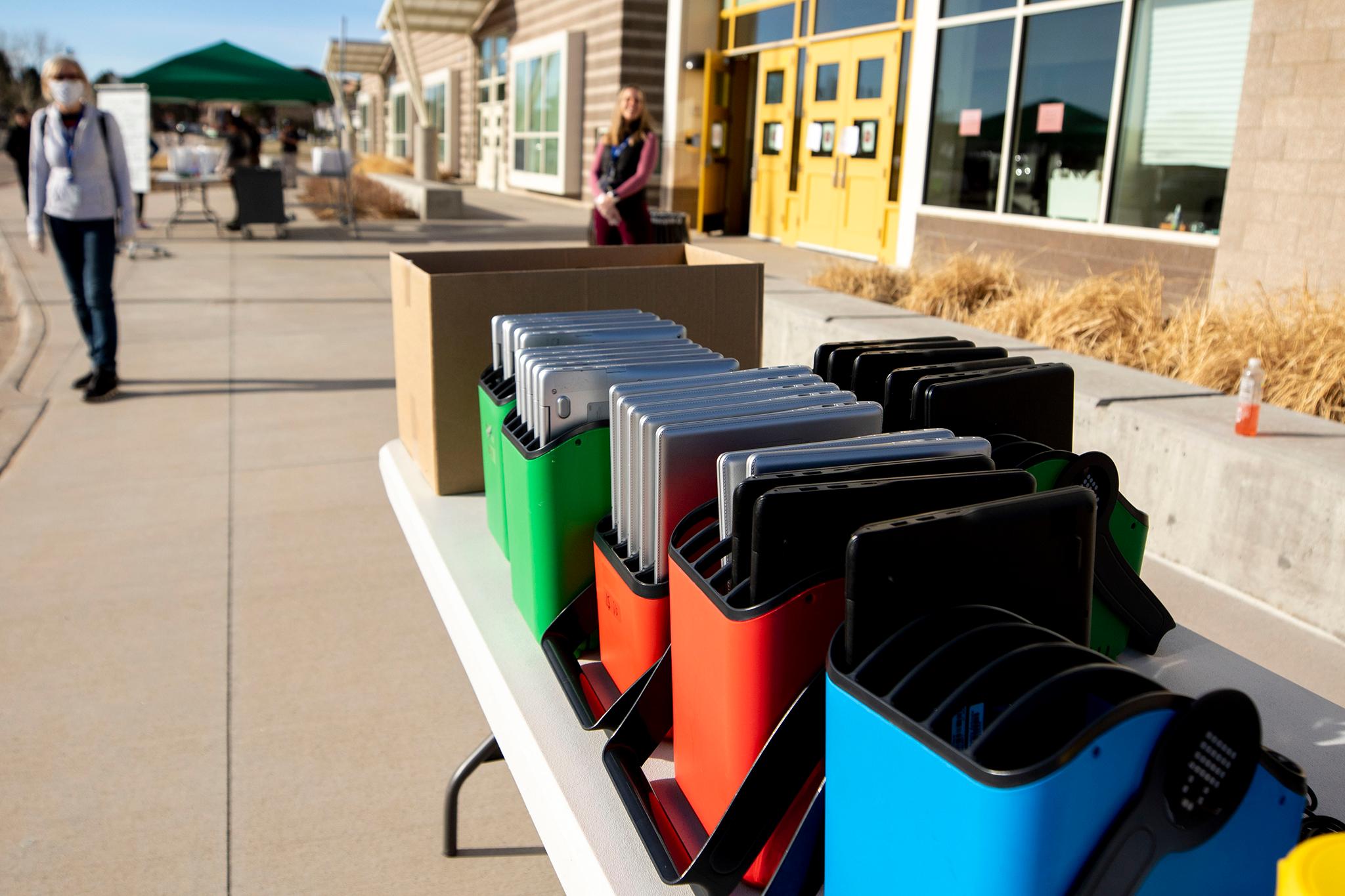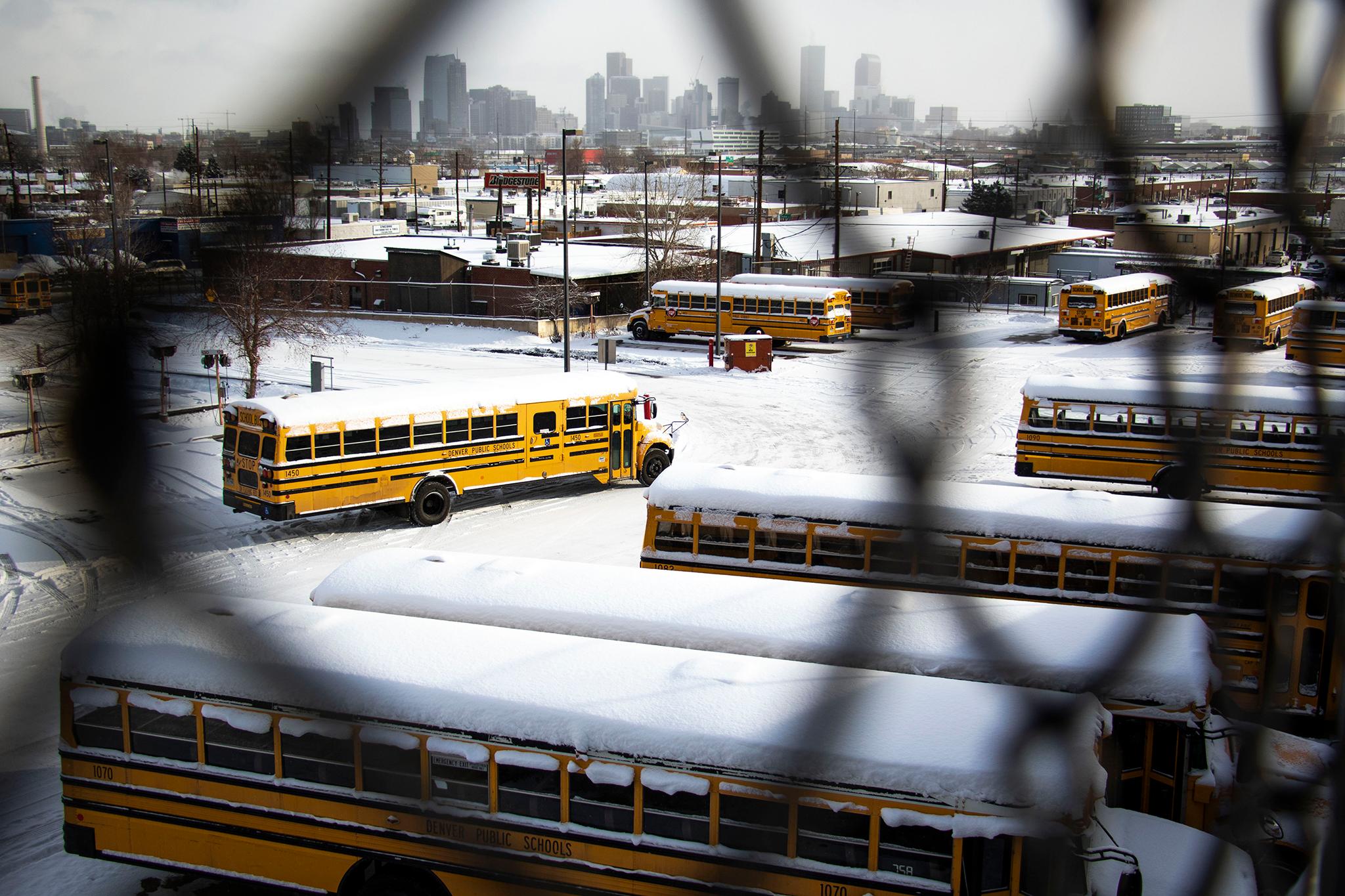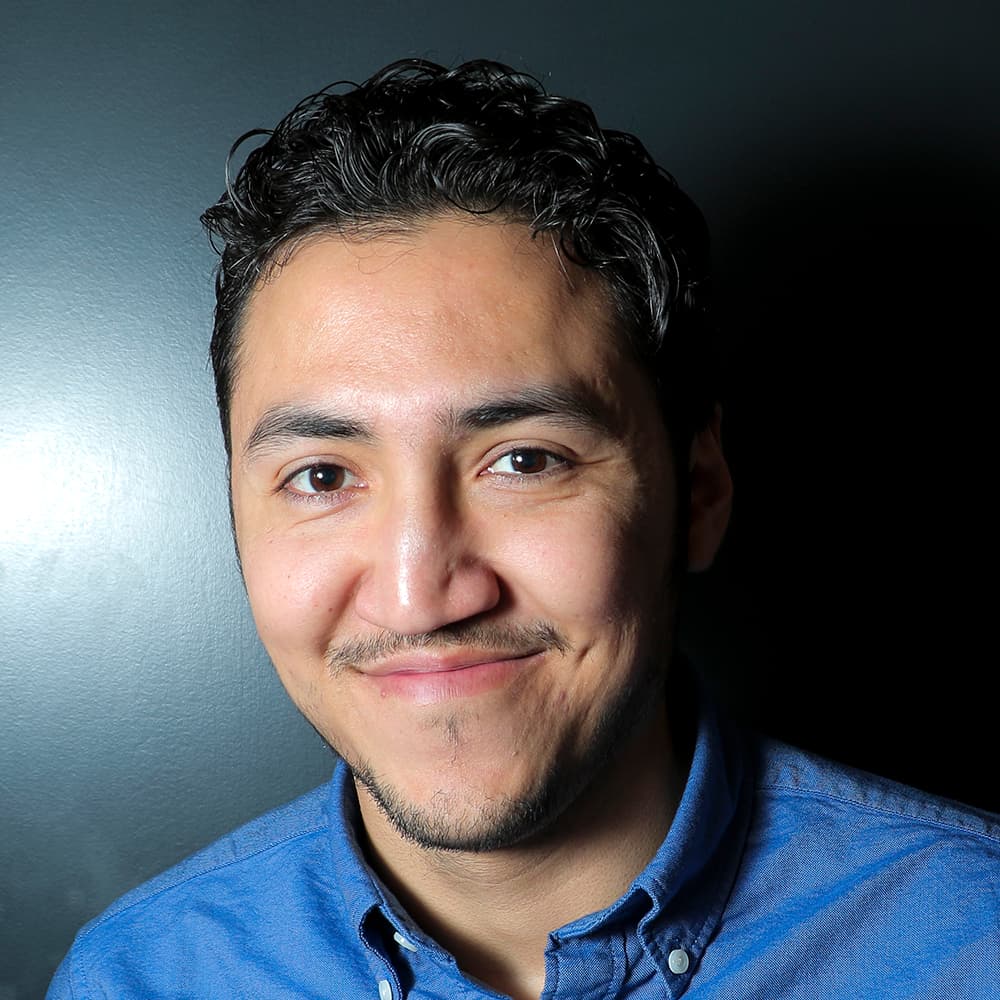North High School junior Grace Atayde misses playing sports. The tri-athlete plays softball and lacrosse, and wrestles too. She was looking forward to this year after her softball coach told her she would be joining the Viking's varsity team this fall.
"I feel like with COVID, that's part of my life that's been really impacted," Atayde said.
Atayde, 16, worries about what missing a year will do to her goal of earning an athletic scholarship, for softball or lacrosse. She's already lettered in lacrosse and in wrestling.
Missing out on a year of sports due to the pandemic isn't just about potentially losing her edge on the field or on the mat.
"It's more of a support system for me," said Atayde, who lives in Barnum. "Like, I would go to a wrestling practice just to be able to get things off my mind. Like it was like an outlet for me. I haven't been able to wrestle since last season, so that's kind of hard."
The pandemic is taking its toll at home as well.
"That's, like, another thing is, like, it's affecting our family and I know my, my grandma's kinda mad at all of it, but we can't really do much about it," she said.
Atayde is Navajo and Southern Cheyenne and one of about 1,000 Native American and Alaskan Native students in Denver Public Schools, which has more than 93,000 students.
School psychologist Beulah Morman, a citizen of the Navajo Nation, has worked for DPS for more than 25 years and is currently a Native American specialist at North High School, where she teaches a Native American class Atayde attends. Morman tracks attendance and grades, checking in on students, and stays in touch with their families.
The school is home to about 50 Native American students and has a Native American club that Morman said does things like organize an Indigenous People's Day assembly. Rose McGuire, the Senior Manager of DPS's Native American Culture and Education Department, and Morman said most Native American students in DPS belong to the Navajo, Lakota, and Southern Cheyenne tribes, the latter of which is based in Oklahoma. The school also has a Lakota language class. Morman helps supervise those students in addition to hosting a class for Native American students; it counts about 13 students.
McGuire and her staff of seven support provide cultural mentorship to Native American students and make home visits. Her office gets money from the federal government and from DPS. She said all of her staff members identify as Native American and are from various nations.
"We really know our students and families very, very well," McGuire said.

Outgoing Denver Public Schools Superintendent Susana Cordova said during a November press call that Native American students in particular were facing hurdles during the pandemic.
Cordova said at the time that the district was averaging 88 percent attendance for both remote and in-person learning and that attendance was a concern among schools in neighborhoods with higher case rates.
The district noted that Native American students had lower attendance rates than other students, a trend Cordova called "concerning."
Morman said her own small class usually has three or four students who are chronically absent; she suspected the early morning start time was partially to blame. But she said some students are having issues with remote learning due to access to computers or internet, even after the school started offering laptops to students for pick-up (North delivered some equipment).
"I think the other thing is a lot of my high school kids are working, they're trying to help provide for their family," Morman said. "I have a senior who is, like, killing me 'cause he has all Fs and he's busy trying to provide for his family."

McGuire, a citizen of the Sisseton-Wahpeton Oyate Nation in South Dakota, said some parents can't help their children because they are working or who feel overwhelmed by the situation in their nations. The Navajo Nation, for example, has faced an increase in COVID-19 cases, and Native Americans in Denver recently saw a disproportionate number of COVID-19 cases (Atayde said one of her cousins, who's also Navajo, got sick with the virus this year).
McGuire said she knows a parent who has had three deaths in her family. The woman's children have not been back to school.
"It's issues...socioeconomic issues that are confronting our people," McGuire said.
Morman said once some Native American students reach a certain age, they have to focus on earning a living, not staying in school. She said many students have to be a little more self-reliant while they're at the home and who are responsible for "getting to class" while doing things like babysitting. That's the case for Atayde, who has to babysit her siblings when she stays at her father's house.
Atayde said the more the year went on, the more teachers stopped asking questions. Classes felt less engaging. There are days when some assignments don't require a lot of talking, which Atayde struggles with. Before the pandemic, she had gotten used to speaking up in class and asking questions out loud. She considers herself more of an in-person learner.

Having to learn over a computer has changed her behavior. For example, using a computer can make her feel a little self-conscious; she said she sometimes feels embarrassed to turn on her camera.
"So I feel I've held back more as a student this year, and I think that's impacting my grades a little more, 'cause I'd rather have to meet with my teachers one-on-one to ask questions and clarify stuff said during class," Atayde said.
McGuire said that in order to keep Native American students engaged, they must see themselves in the school's curriculum.
When Atayde took U.S. history her sophomore year, for example, she said there wasn't a lot of history about Native Americans.
"He really didn't teach us the whole kind of, the whole story of what had happened and everything," Atayde said about her teacher. "He didn't go on to tell about the Sand Creek massacre or, like, big events that happened like that, you know? I feel like more people should just know about that."
McGuire said high school and middle school students are more likely to notice themselves not reflected in the curriculum.

Atayde said her art teacher, Melissa Calvert, is among the most supportive teachers she has. She's helped Atayde explore her creative side, getting her to draw more and inspiring her to consider a career as a tattoo artist. Morman called her "the bomb," adding she's the kind of teacher everyone loves.
Atayde said she's banking on the "rona" to be over by next summer so she can see friends and teachers in person again.
"I feel like we all just hope like this ends soon," Atayde said. "It kind of sucks being stuck inside the house all the time."













